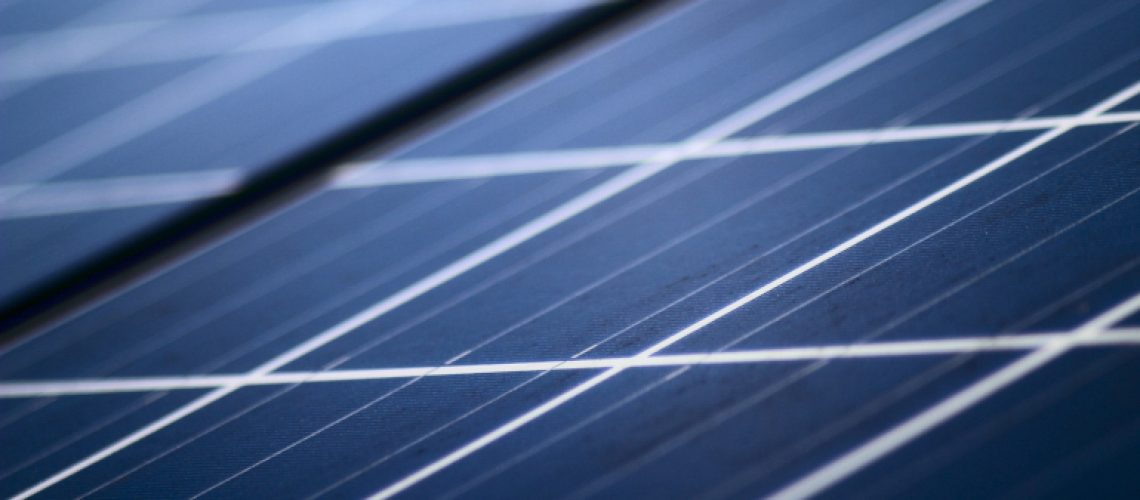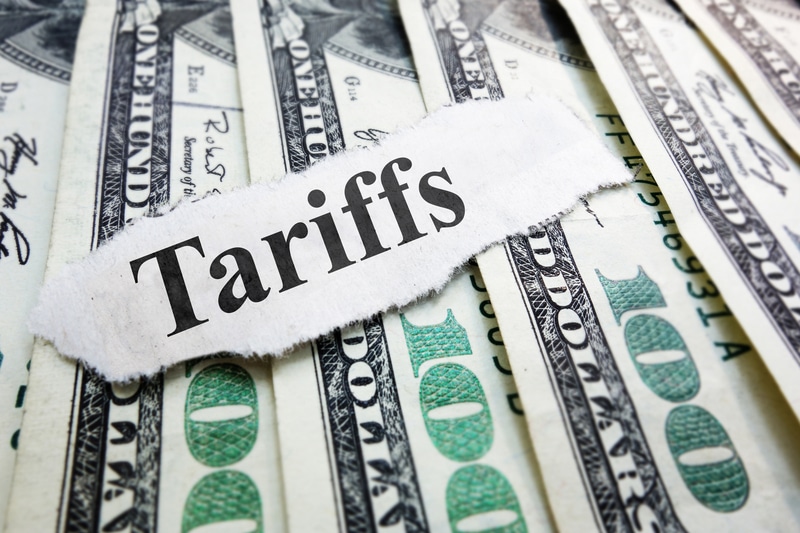Today, the U.S. Department of the Treasury and Internal Revenue Service (IRS), in partnership with the Dept. of Energy (DOE), announced massive demand in the initial application period for solar and wind facilities through the Inflation Reduction Act’s Low-Income Communities Bonus Credit Program.
During the initial 30-day application window, the program received more than 46,000 applications for new energy facilities located in low-income communities, on Indian land, as part of affordable housing or directly benefitting low-income households from across the country, including 48 states and the District of Columbia. The applications represent more than 8 GW of generation capacity, or the equivalent power used by 800 million LED light bulbs. This is more than four-times the total capacity available for the 2023 program. The 2024 program, opening next year, will unlock additional capacity for this robust demand.
Treasury designed the program to encourage participation by the institutions and communities most impacted by energy insecurity by setting aside 50% of the program’s capacity for projects that meet additional criteria. Approximately one-quarter of the applications in the first 30 days were for new solar and wind energy facilities meeting additional criteria, indicating they are located in low-income areas where households spend the highest percent of their income on energy, and/or have had the lowest levels of historical investment, or are owned by emerging market participants, such as: tribal enterprises; tax-exempt entities including non-profits, local or tribal governments; consumer or worker cooperatives; and emerging renewable energy companies.
Applications for the 2023 program year are still being accepted on a rolling basis and applications submitted in categories with remaining capacity will be considered through early 2024. Updates about how much capacity is available by category can now be accessed via a new dashboard on the DOE website.
“One of the goals of President Biden’s Inflation Reduction Act is to ensure all Americans benefit from the growth of the clean energy economy,” said Deputy Sec. of the Treasury Wally Adeyemo. “Our efforts to combat climate change also provide historic opportunities to invest in underserved communities and ensure they benefit from good-paying jobs and lower energy costs. Sky-high demand for this new program shows that communities that have long been held back by lack of investment will see significant benefits from these resources.”
This program through the Inflation Reduction Act provides a 10 or 20% point boost to the Investment Tax Credit for qualified solar or wind facilities in low-income communities. The goals of the program are to increase access to clean energy in low-income communities, encourage new market participants and benefit individuals and communities that have experienced adverse health or environmental effects or lacked economic opportunities.
As provided in previous guidance, the Low-Income Communities Bonus Credit Program allocates 1.8 GW of capacity available through competitive application for the 2023 program across four categories of qualified solar or wind facilities with maximum output of less than 5 MW.
The IRS previously announced its intention to allocate up to:
- 700 MW to facilities located in low-income communities;
- 200 MW to facilities located on Indian lands;
- 200 MW to facilities that are part of federally-subsidized residential buildings, including housing supported by the Low-Income Housing Tax Credit and Section 8 of the Housing Act;
- 700 MW to facilities where at least 50% of the financial benefits of the electricity produced go to households with incomes below 200% of the poverty line or below 80% of area median gross income.
The IRS may choose to reallocate 2023 program capacity between categories, and unclaimed allocations will roll over into the 2024 program, when another base 1.8 GW of capacity will be available via application.
The IRS final regulations, FAQs, applicant guide and other resources can be found on the DOE.
News item from the U.S. Dept. of the Treasury




